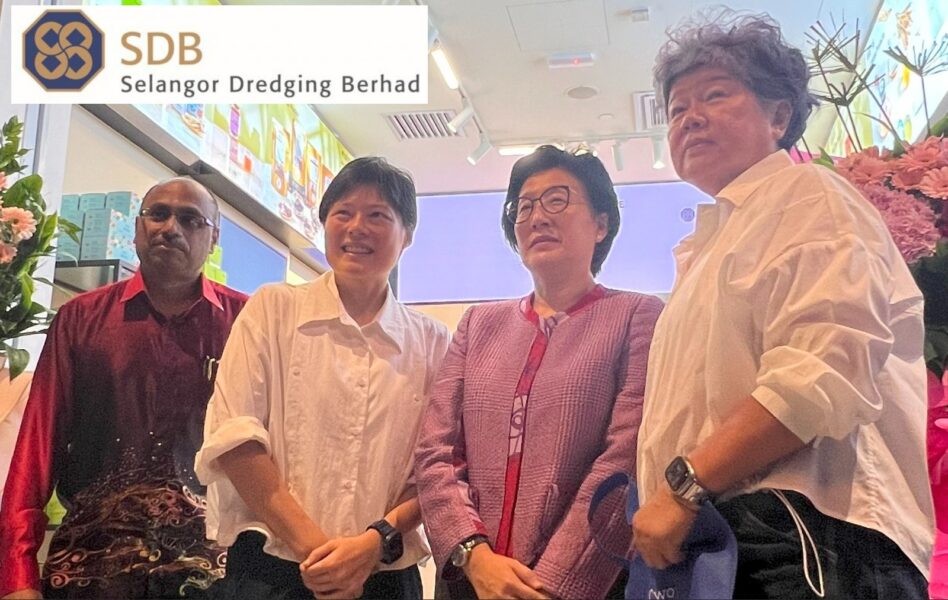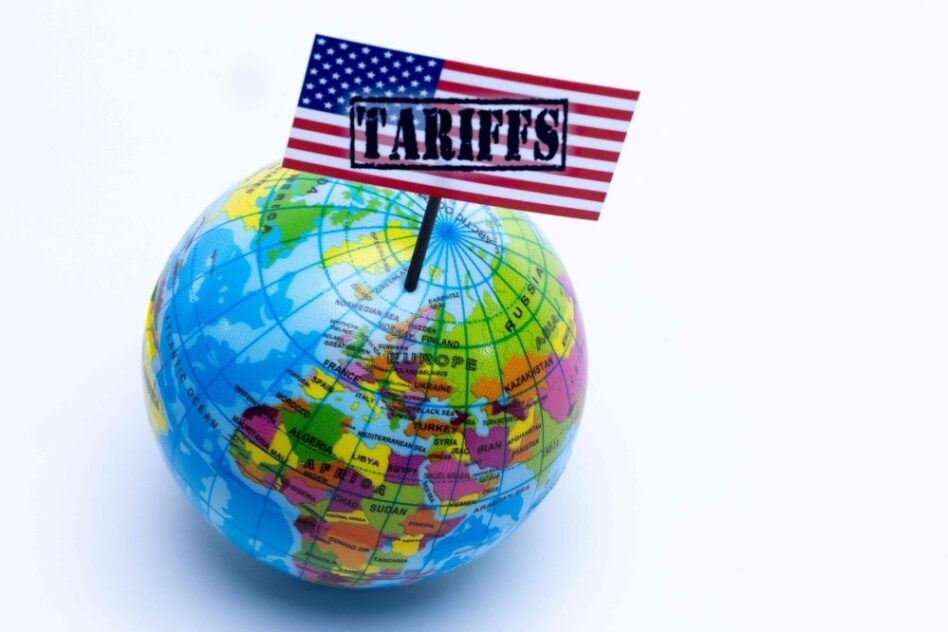THE issue of forced or unfree labour was highlighted by the actions of the US Customs and Border Protection (CBP) in banning the exports of glove companies in Malaysia.
Within a span of 15 months, five firms had their exports banned from entering the US market.
More companies operating in Malaysia might have their exports banned if found to be using forced labour.
Apparently the CBP adheres to the definition provided by the International Labour Organisation (ILO) in determining whether products are produced under the duress of forced labour.
ILO provides a checklist as to what constitutes forced labour such as long working hours, debt bondage, payment not in wages but in kind, sexual exploitation of workers, unhealthy living and working conditions and many others.
The recent ban on the exports from Smart Glove found that the company had contravened about seven conditions of forced labour.
Apart from the actions of the CBP, the matter of forced labour in Malaysia has not been sufficiently addressed.
Even if the Government wants to seriously address the matter of forced labour, this is more in response to the concerns of the US.
Forced labour in Malaysia is not an aberrant or accidental phenomenon that can be eradicated with the necessary amendments to labour laws and their effective enforcement.
In fact, the very nature of the modernisation process itself suggests why forced labour is not something that can be eradicated by the passage of laws or increased trade union rights.
The ILO provides a working definition of what constitutes forced labour. It is more at the realm of the relationship of workers and employers.
However, ILO’s definition does not tell you much about the work place, the nature of the production system and why labour is suppressed.
It is argued that the presence of forced labour is intrinsic to the nature of the production system.
In highly capitalised production systems where attention is paid to the skill or value of labour, forced labour might not be present.
The goods produced are of high value emanating from the technological and scientific input of labour in the production system.
But in firms that engage in mass production of goods without significant contribution of labour, except for the long working hours, the value contributed by labour is minimal.
The value created by labour results in the production of quality goods.
However, in situations of mass production, there is minimal value in the production of mass goods.
This is the reason why employers in capital intensive industries take care of labour whereas those in the labour-intensive industries suppress labour to the maximum to attain profits.
Here, profits are tied with the external of the production system and not to intrinsic value of labour.
If we understand the nature of the economy, how differentiated the production system is and the different manner in which labour is utilised, then we really understand the phenomenon of forced or unfree labour.
Even with the Government enforcing the law against the use of forced labour, it would be an exercise in amelioration without eradicating the phenomenon.
Ultimately, it is the question of how the economy moves and to what extent Malaysia can let go of industries that rely on cheap and pliant labour.
The heavy reliance on foreign labour is a classic example of forced labour.
The substantial presence of this “reserve” labour force might complicate the Government’s measure in eliminating forced labour.
In the final analysis, the presence of forced labour is an indication that all is not well with the economy.
Unless great efforts are paid to recognise and build talents in attracting high end capital investments, Malaysia might have to rely on forced labour for some time in the future.
The US ban on goods produced by firms using forced labour is merely the tip of the iceberg. – Nov 6, 2021
Prof Ramasamy Palanisamy is the state assemblyperson for Perai. He is also deputy chief minister II of Penang.
The views expressed are solely of the author and do not necessarily reflect those of Focus Malaysia.









